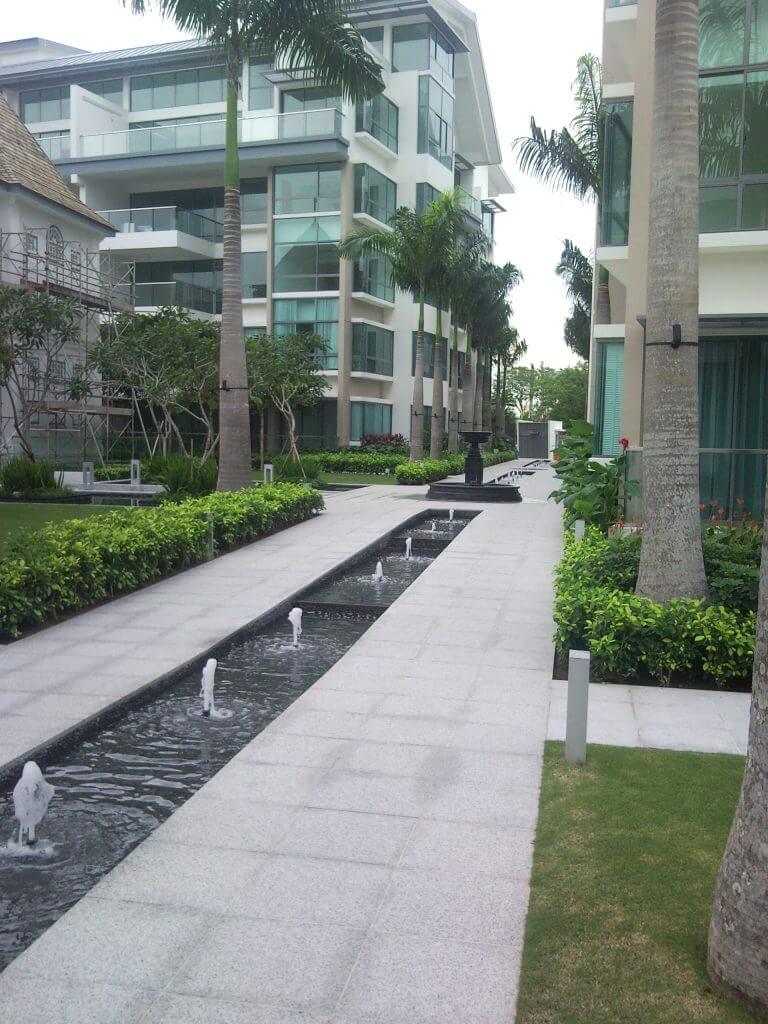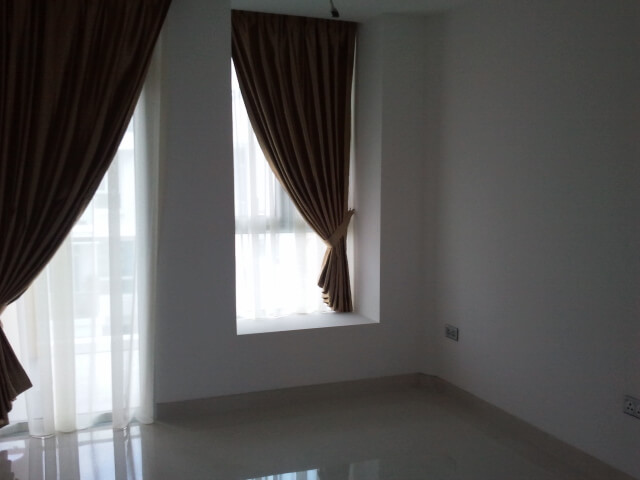 Developers have responded accordingly to the recent preference for constant lifestyle with the availability of amenities. People are looking for homes in places where they can easily access their workplaces, medical facilities, grocery stores, and public places. Luckily, developers are keen to clients’ taste of convenience and are providing the buyers with precisely what they bargain for and even more.
Developers have responded accordingly to the recent preference for constant lifestyle with the availability of amenities. People are looking for homes in places where they can easily access their workplaces, medical facilities, grocery stores, and public places. Luckily, developers are keen to clients’ taste of convenience and are providing the buyers with precisely what they bargain for and even more.
Experts believe that the urge for convenience has been pushed by the need to save time and money. It is economical in terms of cutting transportation expenses and also saves time spent when moving between different destinations. From the developers’ perspective, it is an opportunity to invest significant amounts of money after the long wait caused by the recession. Investors are more motivated by the fact that megadevelopments are erected on the outskirts of the cities where land is relatively cheaper.
Unlike the traditional cases where mega developments only occurred in the major cities, medium-sized cities are also receiving significant attention from developers currently. It is incredible that developers no longer focus on cities alone but suburbs too, including areas where no one dared to venture some years back. Industries and businesses have also influenced the development of mega developments such as the Pinewood Forest LLC found in Fayetteville, Atlanta and which lies next to the developer’s movie studio.
The types of structures have changed significantly with developers shifting from the traditional new and spread out buildings to single huge multipurpose structures. While some mega developments are made from common structures to produce structures like the ones at BullStreet District, others use different materials such as mature vegetations with varying aging rates.
Developers have chosen to include different types in mega developments to increase the chances of everyone getting something they love. The available types include treehouses, micro homes, and student houses. Some developers also add novels to differentiate their projects from others. For instance, while some people include healthcare amenities, some go for religious facilities and educational institutions.
Traditionally cities were the most appealing mega development sites, but today developers are attracted to different factors. The most appealing factors for investors today include space for expansion, affordability of land, and sites with less development. Other developers also consider the existing structures in a region so that they can build houses that complement the original ones. Buyers are looking for places with some green space like parks, underground streams, and other environmental features where they can relax. Sites with pedestrian pathways in between houses have also attracted buyers looking for a communal style of living since footpaths encourage interactions between neighbours.
Long-Term Viability
Stakeholders in the real estate industry and who specialize in megadevelopments are well-informed about planning and future expectations. All parties involved understand the huge funds needed for megadevelopments and thus follow the market conditions keenly to avoid future conflicts. The plans are made flexible enough to accommodate future changes that may arise. Luckily, the level of diversification associated with megadevelopemnts allows for flexibility, and thus both investors and buyers have little to worry about.
It is important to look at a real estate team to find success in the long run. Sales numbers are not always everything. There are several ways to assess the real estate team and there are different ways to make adjustments. There are different levels in real estate and some tips on how to improve upon these levels.

